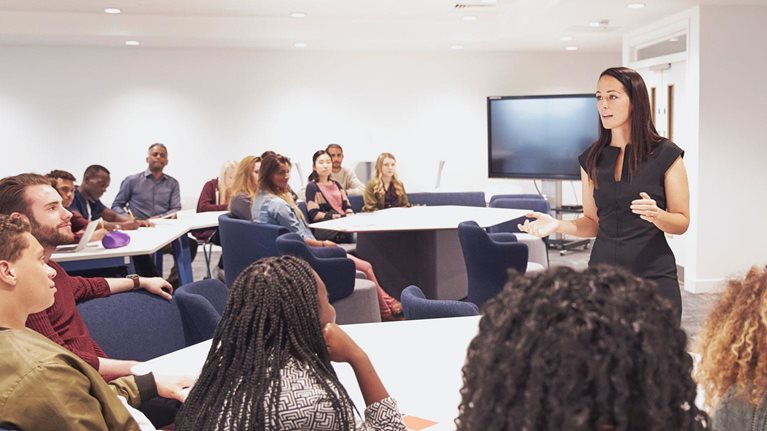Many developed countries struggle with educational inequalities that disproportionately affect underprivileged communities. Approximately 50 percent of young people in the neediest parts of Australia are neither in school nor working, compared with 13 percent of young people from more affluent backgrounds.1
Such inequalities negatively affect both people and the economy. Demand for workers with advanced skill sets is already higher than supply, but workers who lack education are often poorly positioned to meet those needs. Because skill gaps are difficult to close for adults, it is imperative to improve educational outcomes for children who are still in school.
To model effective and early ways to close the education attainment gap, the Fogarty Foundation created Fogarty EDvance, which draws on research and studies of high-performing schools in Australia to develop a framework that significantly improves school performance. Twenty-seven schools have completed EDvance’s three-year transformation program,2 and almost all of them have reported improved outcomes. Approximately 60 percent of participants reported significant improvements in all areas of the National Assessment Program—Literacy and Numeracy (NAPLAN) scores.3 Participating primary schools surpassed expectations in every area of the NAPLAN for years three and five.
How to transform a school
The EDvance pilot used several principles to transform the schools in the pilot program: each school’s leaders should be positioned to oversee and facilitate effective teaching; the path to improvement should be different for each school; and sustainable change takes time.
To support these principles, EDvance employs well-regarded ex-principals as mentors for participating schools’ leadership teams.
Throughout each three-year transformation, EDvance collects data from students, staff, parents, and community members to help school leadership track their progress. Finally, a toolbox of frameworks, resources, and processes is available to school leaders who can benefit from best practices, research, and coaching.
Would you like to learn more about our Social Sector Practice?
The program begins by assembling a cohort of schools and a strategic plan for each school. Representatives of each cohort dig into their schools’ past performance and learn about important school stakeholders’ experiences. This information informs each strategic plan. The EDvance team is tasked with providing feedback and maintaining a culture of high expectations among the cohort.
The second year is devoted to implementing the strategic plan, including upskilling staff and tracking progress and setbacks. Schools place a special emphasis on organizational health during implementation, which includes high levels of support for teachers—a healthy organization is more likely to implement and maintain successful improvements (exhibit).

Implementation and tracking continue into the third year of the program, and school leaders create another three-year plan based on the work of the previous three years. The period after the initial three-year EDvance program will be focused on further embedding effective practices for each school and improving the school’s performance beyond the bounds of the program. In addition, alumni-schools can continue to attend workshops and access the latest research.
Seven crucial ingredients of success
Most schools that improved their performance in EDvance’s initiative do seven things that boost their chances for success. The most important task is allotting enough time for the stages of transformation: making a detailed plan, learning from up-to-date research, and solidly embedding the changes in the school’s culture and operations.
Successful schools also involved the entire school in the project, allowing each school to develop a common language to understand and communicate about the transformation. And aside from a few common metrics, each school used quantifiable metrics that were unique and meaningful for them to measure changes in their organizational health and performance.

Transformation 101: How universities can overcome financial headwinds to focus on their mission
Every school focused on their organizational health, which makes improved performance sustainable. A healthy organization helps teams work toward the same goal, execute consistently to the required standards, and renew themselves as needed. Factors that contributed to high levels of organizational health include: a clear direction, transparent performance results, support for innovative classroom teaching, leadership continuity, interactions with the leadership team, and a focus on a small number of high-impact practices.
The Fogarty EDvance program continues to engage with school communities and work with new cohorts of schools every year to improve school performance at scale. EDvance leaders hope to bring their model to educators across Australia and beyond to improve educational outcomes in disadvantaged communities.


